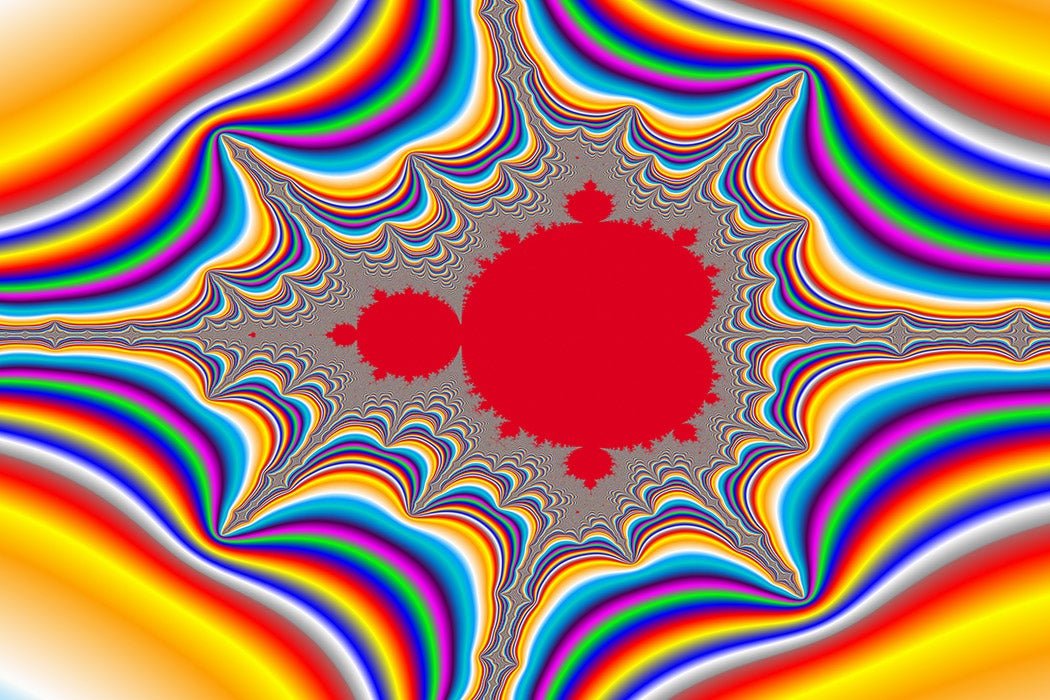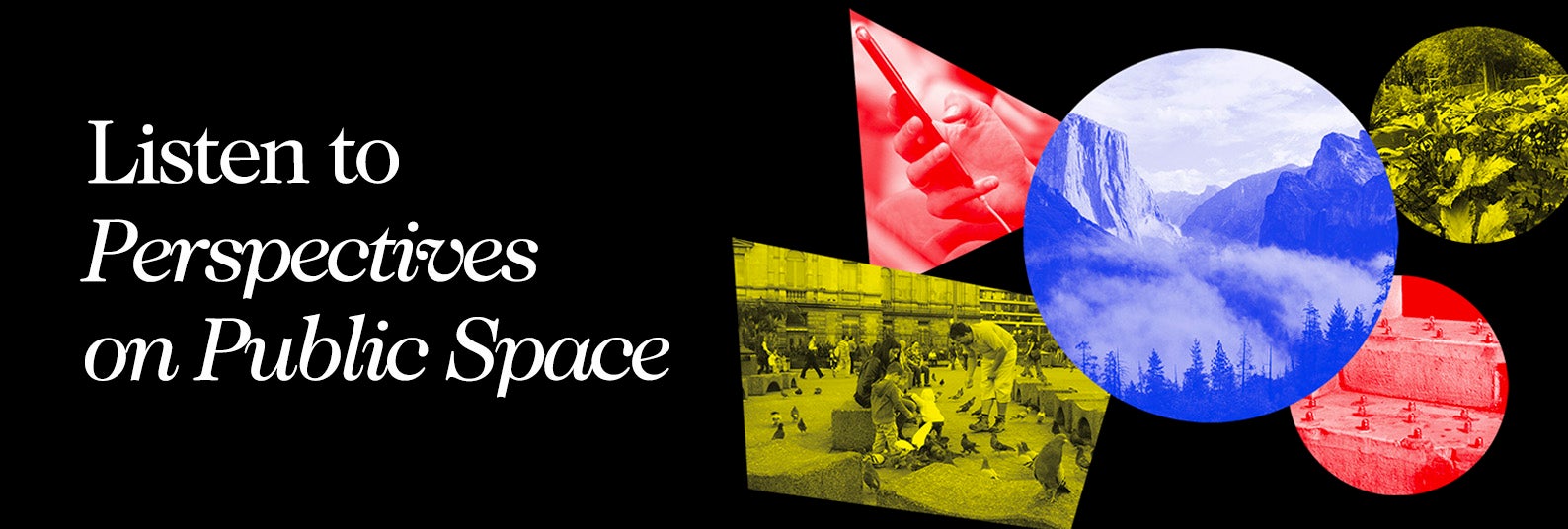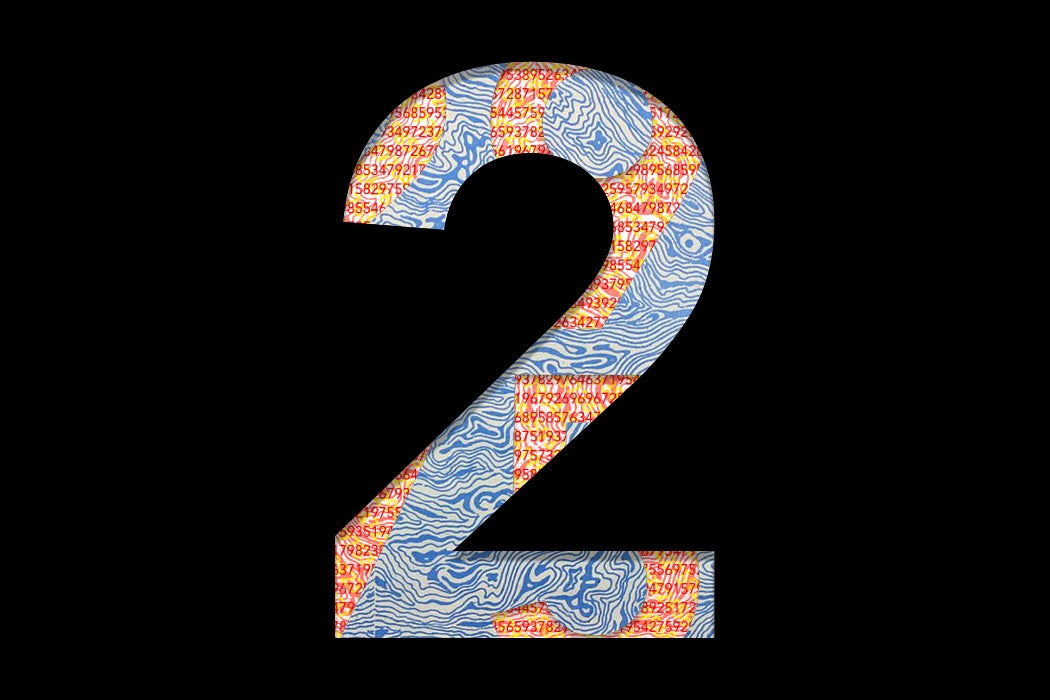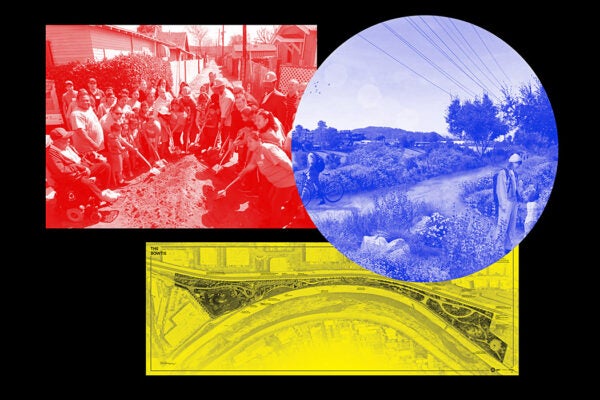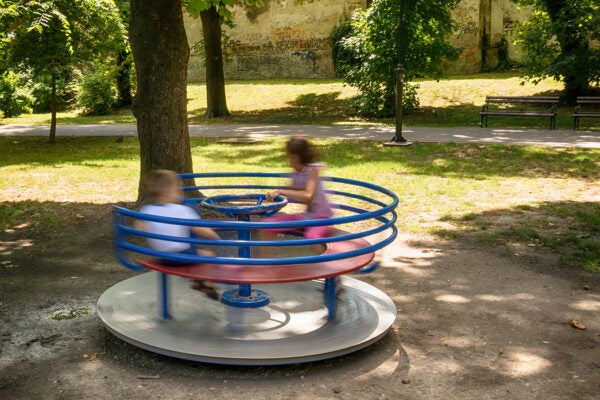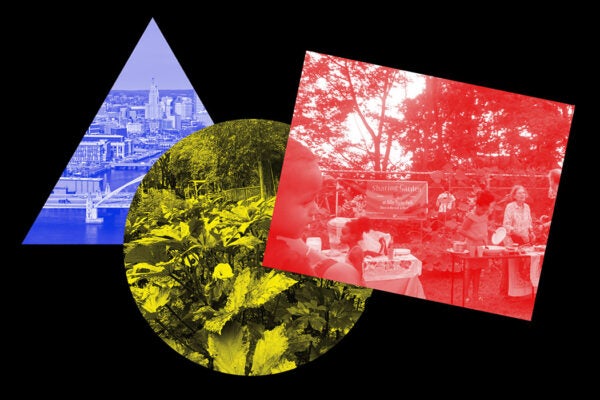In 1975, Benoit Mandelbrot published a math paper and created a new type of art: the fractal. Over the next fifty years, fractal art spread through popular culture. These complex images appear on textbook covers and calendars, while fractal animations get shared on social media. And, according to Mandelbrot, it was in part the rise of computer imagery that enabled fractal geometry.
Dane Camp describes how Mandelbrot’s journey began with a series of escapes. Born in 1924 to a Jewish family in Poland, he fled with his parents to Paris in 1936. When the Nazis occupied France, the family took refuge in the countryside. Returning to Paris after the war, Mandelbrot immersed himself in mathematics. And then, after working in academia, he finally ended up at IBM.
Mandelbrot was trying to solve noise in circuits at IBM when he noticed a familiar pattern, Camp explains. He had seen it appear in rivers, coastlines, galaxies, turbulence, and even stock prices. Fractal geometry emerged from his attempts to understand how these patterns were similar.
Mandelbrot called fractal geometry “a new geometric language,” useful for describing rough, fragmented objects. These types of objects were originally seen as “monsters,” he writes. They were strange and unique, so mathematicians weren’t very interested in them.
“In the mathematical culture of the century that ran from 1875 to 1975,” he explains, “special properties did not warrant investigation.” Mathematicians were interested in regularities, not chaos.
Two things happened which changed this, he argues. First, researchers realized that certain patterns in nature were “geometrically scaling,” meaning they looked similar when expanded or shrunk, just like Mandelbrot’s mathematical monsters. Second, they figured out how to use these principles to model things in nature.
More to Explore
The Quantum Random Number Generator
But the complexity of these patterns made them difficult to analyze, and even harder to visualize. Mandelbrot was in the right place at the right time—computer graphics were beginning to mature.
“Fractal art for the sake of science…could not possibly have arisen before the hardware was ready and the software was being developed,” Mandelbrot writes, “that is, before the decade of the seventies.” Fractal art starts with inputs so straightforward that they look “positively simple-minded,” he explains, but the outputs quickly become “spectacularly complex.” Creating fractal art by hand would be prohibitively laborious.
With computers, however, people could create fractal images with relative ease. This included what Mandelbrot calls “forgeries” of nature, like an oblique view of a fake mountainside. To him, these forgeries were useful in convincing skeptics of fractal geometry’s usefulness.
Weekly Newsletter
But abstract fractal images like the “dragon” fractal were also useful in his larger mathematical project.
“They allowed me to investigate a process called the ‘dynamics of iteration’,” he explains.
Mathematicians including Gaston Julia had studied the process before, but with computers, Mandelbrot could make real progress. He describes the results seen in fractal imagery as “a balanced coexistence of order and chaos.” Perhaps one of the most beautiful examples is in fact the “Mandelbrot set,” with its delicate symmetries of curves and crystalline branches.
